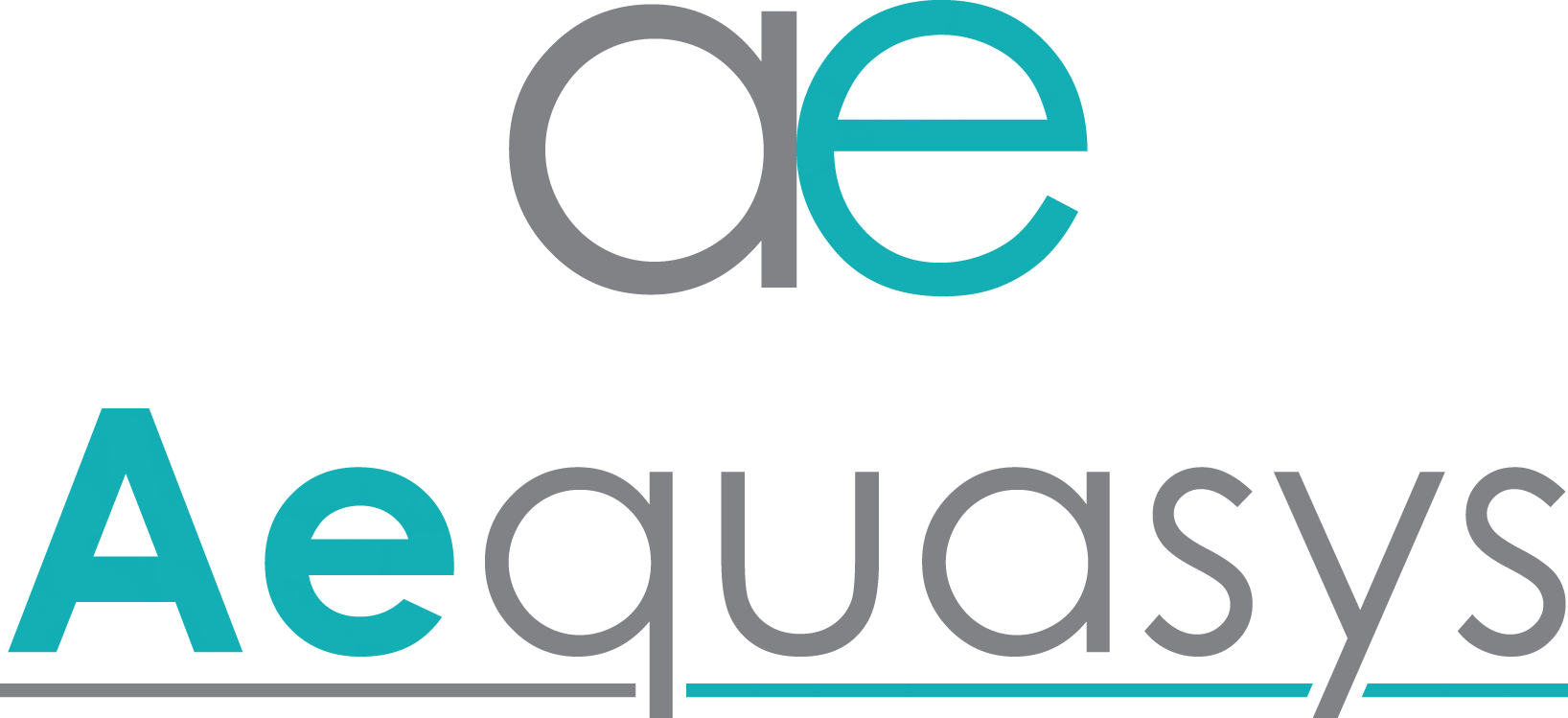Unit 1: Architecture of Oracle Database Server
Fundamental components of an Oracle Database
Structure of the Memory and Background processes
Logical and physical structure of the storage
ASM storage components
Unit 2: Installation of Grid Infrastructure and Oracle
Planning of the installation of Oracle
Installation of Oracle Grid for a Standalone Server
Unit 3: Creation of an Oracle Database with DBCA
Creation of an Oracle database with DBCA
Generation of a script for database creation with DBCA
Management of Databases templates with DBCA
Implementation of remaining tasks with DBCA
Unit 4: Management of the Oracle database instances
Startup and shutdown of the Database
Use of OEM and sqlplus
Modifications of the initialization parameters
Description of the database startup and shutdown steps
Checking Alert Logs
Unit 5: Management of the Oracle ASM instances
Advantages and disadvantages of the ASM instances
Management of the ASM instances
Creation and deletion of the ASM disk groups
Extension of an ASM disk group
Recovery of ASM metadata using various tools
Unit 6: Configuration of Oracle Network environment
Using Enterprise Manager to :
• Create additional LISTENERS
• Create Oracle Net Service aliases
• Configure the connect-time failover
• Control Oracle listeners
Using the tnsping to test Oracle connectivity
Identifying dedicated and shared servers
Unit 7: Managing database storage
Description of the storage of a table record in blocks
Creation and management of tablespaces
Obtainment of tablespaces information
Unit 8: Managing User security
Creation and management of Database accounts
• Authentication of users
• Assignment of default storage area (tablespaces)
Assignment and revocation of privileges
Creation and management of roles
Creation and management of profiles:
• Standard implementation of passwords and security
fonctionnalities
• Control of resources usage by users
Unit 9: Management of concurrent data
Description of locking mechanism
Oracle simultaneous data management
Monitoring and resolving locking conflicts
Unit 10: Management of Undo Data
Understanding the DML and the undo data generation
Management and supervision of the undo data
Description of the difference between Undo and Redo data
Configuration of retention of Undo data
Guaranty of Undo data retention
Using Undo Advisor
Unit 11: Setting up the Database Audit
DBA responsibility regarding the Audit and the Security
Standard activation of the Database Audit
Specification of the Audit options
Reviewing Audit information and maintaining Audit track
Unit 12: Maintaining the Database
Managing the Optimizer statistics
Managing the Automatic Workload Repository (AWR)
Using the Automatic Database Diagnostic Monitor (ADDM)
Description and use of the advisory framework
Setting up the alert threshold
Using the alert generated by the server
Automatic tasks usage
Unit 13: Performance management
Performance monitoring in Enterprise Manager
Using the Automatic Memory Management (AMM)
Using the Memory Advisor to set the Buffer size
Displaying performance Dynamic Views
Troubleshooting invalid and unusable objects
Unit 14: Concepts of Backup and Restauration
Types of failure that can happen in an Oracle Database
Database recovery methods
Checkpoints, redo log files, and archive log files
Configuration of the fast recovery area
Configuring the ARCHIVELOG mode
Unit 15: Database Backup
Creating coherent database backups
Hot backup
Creating incremental backups
Automatic backup of the database
Managing backups and backups reports
Monitoring the Fast Recovery Area
Unit 16: Database Recovery
When is a database recovery needed
Accessing the different interfaces (EM and CLI)
Available options like RMAN and Data Recovery Advisor
Recovery of Control file, Redo log file and Data file
Unit 17: Moving data
Description of the available methods
Creation usage of the Object Directory
Using SQL*Loader to load non Oracle data (or user files)
Using External Tables to move data
Oracle Data Pump to move data
Automatic backup of the Database
Unit 18: Working with Oracle support
Using Enterprise Manager Support Workbench
Working with My Oracle Support
Performing researches in My Oracle Support
Requesting a service from “Log service requests” (SR)
Patches management

 Aequasys
Aequasys Aequasys
Aequasys